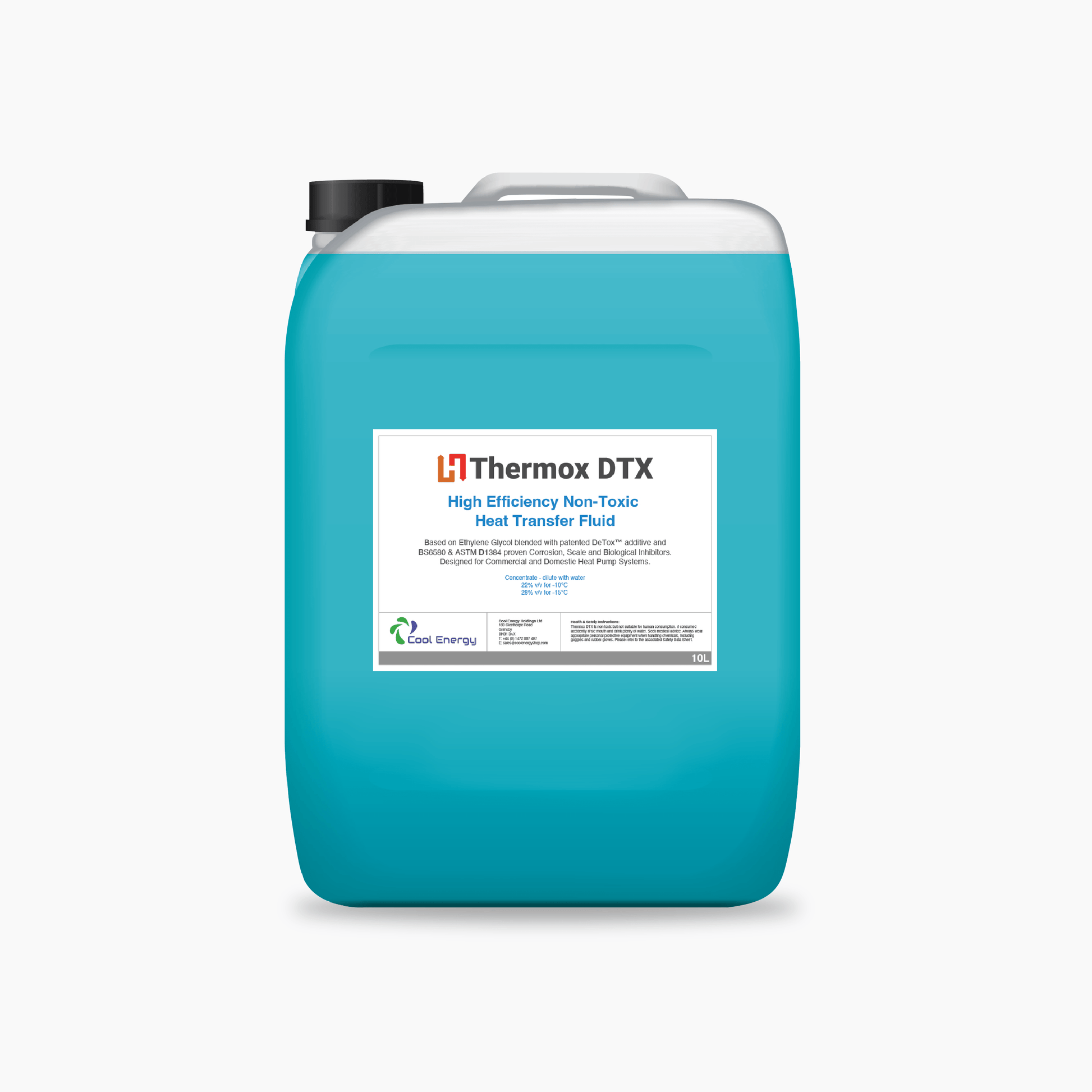Top Factors To Consider for Selecting the Right Heat Transfer Fluid for Your Requirements
Top Factors To Consider for Selecting the Right Heat Transfer Fluid for Your Requirements
Blog Article
Why Warm Transfer Fluid Is Essential for Optimizing Power Transfer in Solution
The role of warm transfer fluids in optimizing energy transfer is essential for attaining reliable thermal monitoring across various industrial sectors. These fluids promote seamless heat exchange, ensuring processes operate within optimal temperature ranges and minimizing the threat of overheating.

Role in Thermal Administration
Heat transfer fluids play an essential duty in thermal management by successfully controling temperatures in various commercial processes and systems. These specialized fluids facilitate the transfer of heat in between various elements, making sure optimum operating problems and protecting against getting too hot. By preserving exact temperature control, heat transfer fluids allow markets such as chemical manufacturing, oil and gas, and power generation to operate securely and efficiently.
The option of a suitable warmth transfer fluid relies on a number of elements, consisting of thermal security, warm ability, and thickness. High thermal security makes sure that the liquid can withstand extreme temperatures without breaking down, while a high warm ability enables it to take in and release substantial amounts of warmth - heat transfer fluid. Reduced viscosity minimizes the energy required for pumping, adding to total system effectiveness
Furthermore, warm transfer fluids are integral in applications like refrigeration, where they help take in and dissipate warm throughout the cooling cycle. In solar thermal power systems, these liquids capture and transport solar warmth to create electrical power or give hot water. Their versatility to varied operating conditions and ability to maintain constant thermal performance underscore their importance in industrial thermal monitoring, facilitating operational connection and improving precaution.

Enhancing System Performance
To maximize the advantages of thermal monitoring, improving system efficiency via the tactical usage of warm transfer liquids is critical. These liquids play a crucial function in maximizing energy transfer by helping with consistent thermal law, which consequently affects the general efficiency and durability of systems. Efficient warm transfer leads to decreased power losses, minimized operational expenses, and improved integrity of tools. By maintaining optimum temperature levels, heat transfer fluids assist ensure that systems operate within their created parameters, consequently protecting against getting too hot and lowering the danger of component failure.

Types of Warm Transfer Fluids
The variety of warmth transfer fluids underscores their vital role in an array of industrial applications, each customized to meet particular thermal management needs. These liquids help with efficient energy transfer and are chosen based on vital residential properties such as thermal stability, thickness, and heat capability. The main kinds include water, glycol remedies, oils, and synthetics, each offering unique advantages.
Water is the most typical warmth transfer medium due to its high certain warmth ability and affordable. Nevertheless, its use is limited by its freezing and boiling factors. Glycol combinations, frequently utilized in HVAC systems, offer a reduced freezing factor, including versatility in numerous environments. Mineral oils are preferred for their thermal stability and non-corrosive nature, making them suitable for high-temperature applications.

Artificial liquids, including silicone and aromatic substances, supply phenomenal thermal stability and are utilized in atmospheres demanding extreme temperature ranges. These liquids make certain exceptional efficiency in systems where traditional liquids may fail. The option of a warmth transfer fluid is crucial, as it influences system performance, security, and durability. Each kind should be chosen to straighten with the functional needs and the details conditions of the application it serves.
Environmental and Economic Conveniences
Using the ideal heat transfer fluids uses significant environmental and financial benefits for commercial operations. By picking fluids with superior thermal stability and high warm capacity, i thought about this markets can boost energy performance, resulting in decreased fuel usage and lower greenhouse gas discharges. This contributes to a smaller carbon footprint and straightens with worldwide sustainability objectives. Eco-friendly heat transfer fluids, commonly naturally degradable and non-toxic, decrease the threat of soil and water contamination in case of leakages or spills, consequently protecting ecological communities and adhering to rigid ecological guidelines.
Financially, the appropriate warmth transfer liquid can substantially minimize functional costs. Liquids with prolonged lifecycle efficiency decrease the frequency of replacements and upkeep, lowering downtime and connected expenses. On the whole, the tactical use of optimal warmth transfer liquids sustains lasting financial development and environmental stewardship.
Choosing the Right Fluid
How does one browse the intricate process of choosing the appropriate warmth transfer liquid for commercial applications? Thermal security ensures the liquid can endure high temperature levels without degrading, while visit their website compatibility protects against deterioration or various other damaging responses with system parts.
In addition, the fluid's warmth capacity and viscosity are critical. A high warm ability permits the liquid to absorb and transfer more power, improving efficiency.
Verdict
The critical option and application of warm transfer fluids are essential to enhancing energy transfer throughout numerous systems. By making certain high thermal stability and capacity, these fluids offer accurate temperature control and enhance total system performance.
Report this page